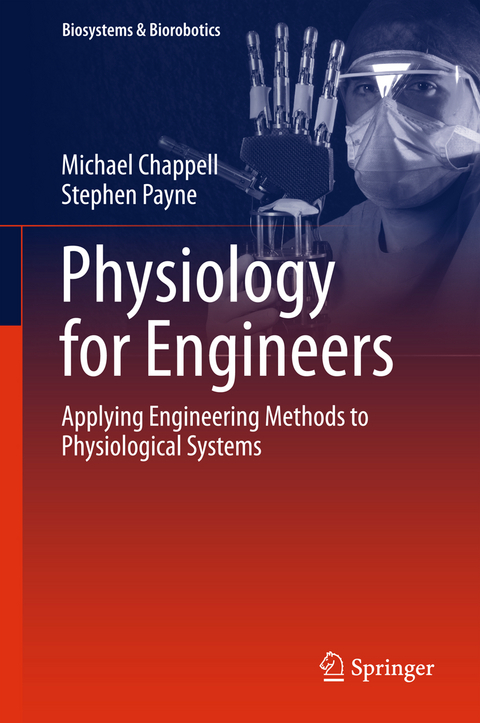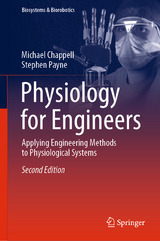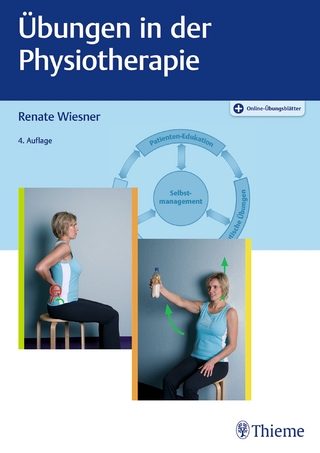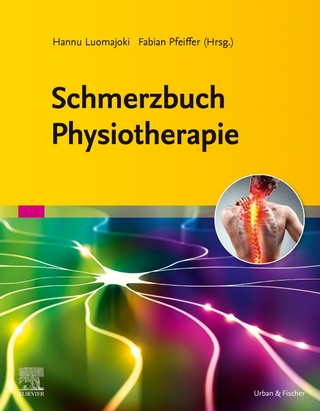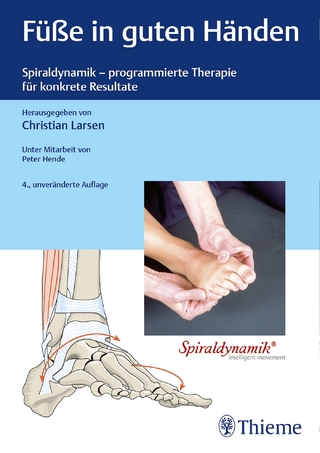Physiology for Engineers
Springer International Publishing (Verlag)
978-3-319-26195-9 (ISBN)
Prof. Chappell came to biomedical engineering by accident having done a general engineering degree before biomedical engineering was a separate option. Having spent some time modelling bubbles in the bloodstream and using imaging to measure perfusion and pH in the brain he has found that engineering is a great foundation for taking a quantitative view of physiology and thus contributing to medical research as a biomedical engineer. Dr Payne has worked in physiological modelling for over 10 years, with particular interests in blood flow in the brain and heat treatment of cancer. Having entered the field of biomedical engineering before it was available even as an undergraduate option course, he has seen first-hand how difficult it can be to learn about physiology in a way that makes it amenable to mathematical treatment, such as mathematical modelling, without good introductory guides.
Cell structure and biochemical reactions.- Cellular homeostasis and membrane potential.- The action potential.- Transport and cell-cell transmission.- Pharmacokinetics.- Skeletal-Muscular System.- Cardiovascular system I: The heart.- Cardiovascular system II: The vasculature.- Respiratory system.- Nervous system.
| Erscheinungsdatum | 05.02.2016 |
|---|---|
| Reihe/Serie | Biosystems & Biorobotics |
| Zusatzinfo | XIV, 167 p. 71 illus., 27 illus. in color. |
| Verlagsort | Cham |
| Sprache | englisch |
| Maße | 155 x 235 mm |
| Themenwelt | Medizin / Pharmazie ► Physiotherapie / Ergotherapie ► Orthopädie |
| Technik | |
| Schlagworte | Biological Networks, Systems Biology • biomedical engineering • Cardiovascular System Modelling • cell physiology • Engineering • Human Physiology • Mathematical Biology • Modelling Physiological Systems • Nervous system modelling • Quantitative biology • Respiratory system modelling • systems biology |
| ISBN-10 | 3-319-26195-9 / 3319261959 |
| ISBN-13 | 978-3-319-26195-9 / 9783319261959 |
| Zustand | Neuware |
| Informationen gemäß Produktsicherheitsverordnung (GPSR) | |
| Haben Sie eine Frage zum Produkt? |
aus dem Bereich
